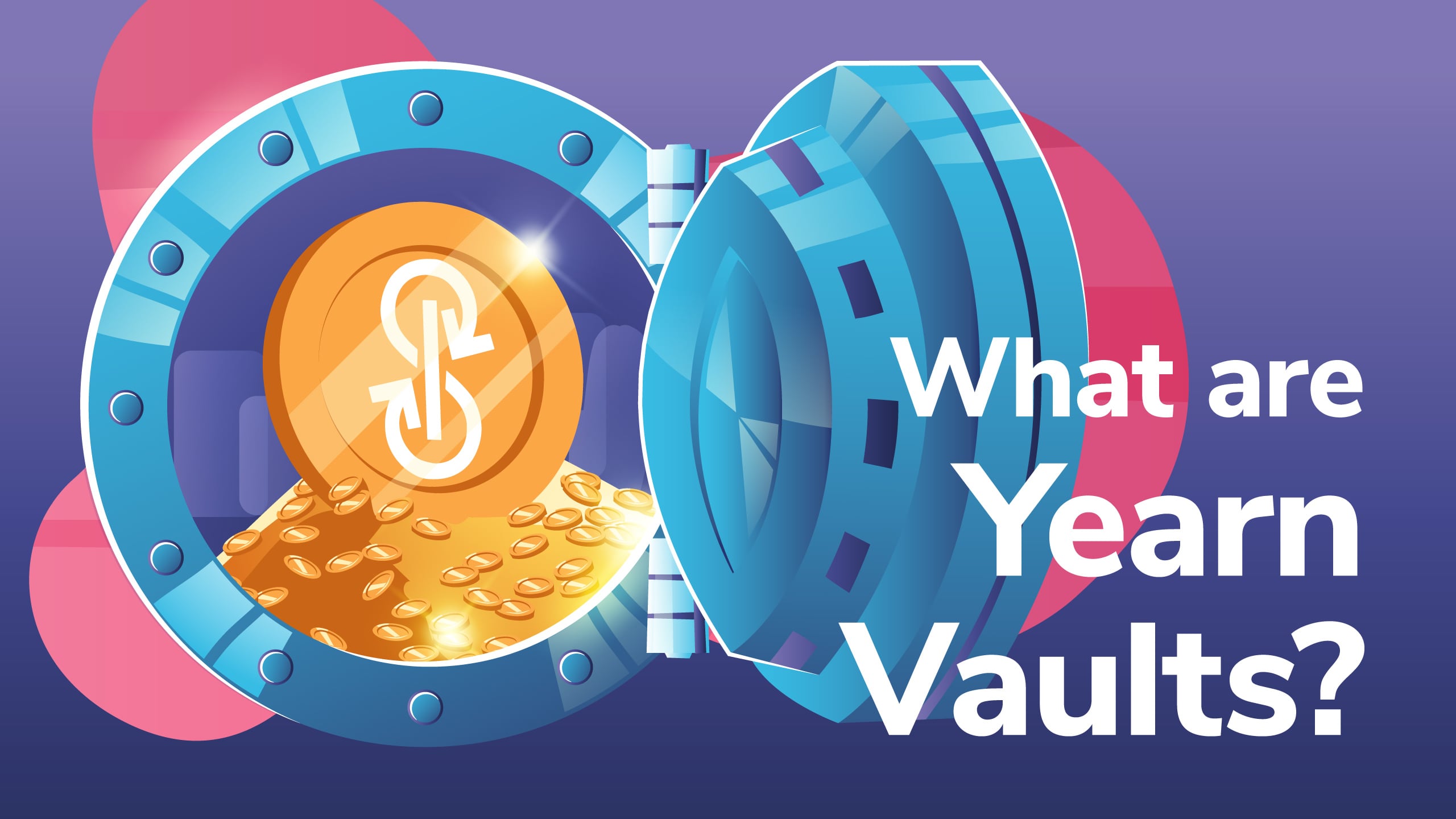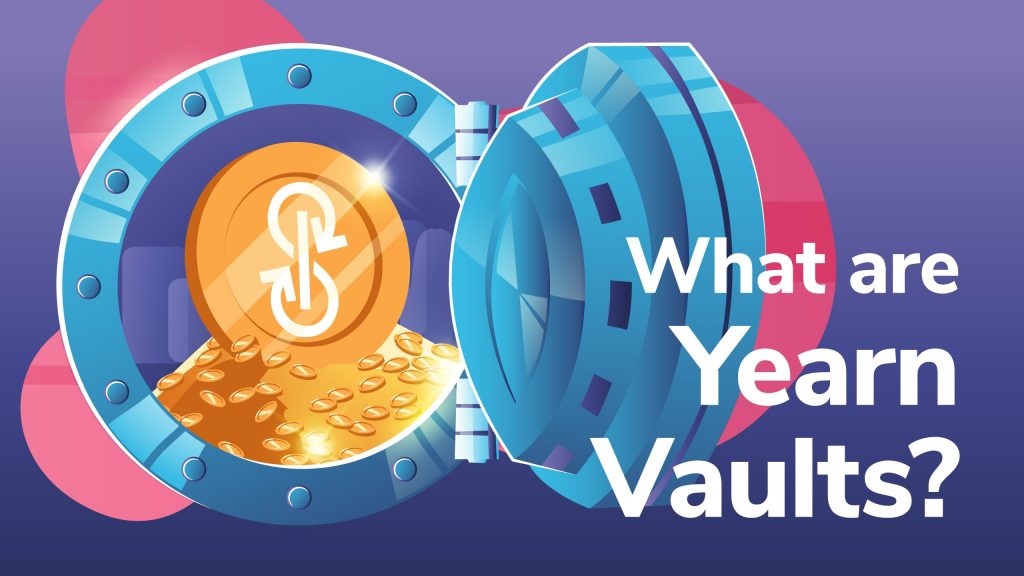
Yearn Vaults (stylized as yEarn Vaults) are one of the more exciting things happening in the decentralized finance (DeFi) space right now. Yearn Vaults are the brainchild of Yearn Finance, and comes as a response to the recent yield farming and liquidity mining trends. Specifically, Yearn Vaults are pools of funds following certain strategies, which attempt to provide passive income streams through competitive yield farming strategies.
Keeping this in mind, Yearn Vaults mainly appeal to risk-tolerant traders. However, before we jump into the specifics of Yearn Vaults, let’s do a quick rundown of the yearn.finance protocol and see exactly what it does.
In need of a refresher on Yearn Finance? The Ivan on Tech Academy blog has an extensive guide to Yearn Finance, and if you are looking to learn more, countless Ivan on Tech Academy courses are just a click away! Choose between loads of cryptocurrency and blockchain courses and supercharge your blockchain education!
What is the Yearn.Finance Protocol?
Yearn Finance, stylized as yearn.finance, is a yield aggregator that maximizes yield by strategically allocating liquidity to various DeFi protocols. It operates as an automated yield farming protocol on Ethereum that scours the DeFi ecosystem for the best returns.

Arguably the most interesting thing about yearn.finance is that it makes complex yield farming strategies available to the average crypto user. It is, therefore, no longer necessary to spend hours researching and chasing the hottest liquidity pools. With yearn.finance a user can tap into the hive mind of the founder, Andre Cronje, and the community that votes on which strategies to employ. Users can just pick a desired strategy from the dashboard and start earning tokens.
How Yearn.Finance Started
Earlier this year (2020), Cronje began looking into ways to automate his strategy to find the highest paying lending protocols. That’s right, a team of engineers backed by millions of VC dollars didn’t create yearn.finance. Yearn.finance came about because a self-taught, solo developer decided to create yield optimization strategies before there was even a name for yield farming.

Andre Cronje
If you’re not sure what any of this means you might want to first check out these articles: Intro to DeFi and Intro to Yearn.Finance.
So, when Cronje started, he had to regularly check which protocol was delivering the highest return and then move his funds there. The manual effort was repetitive and boring. So, like any good programmer who can’t tolerate redundant activities, he began coding his Yearn protocol to automate the entire process. Later, he realized he could scale it and make it public. And that is how today’s yearn.finance came into being.
Exploring the Yearn Dashboard
To get a visual of the entire yearn.finance protocol, head over to their dashboard. You’ll see five different options each with a different function. You might already be familiar with the “Earn” function. It is a yield aggregator for platforms such as Aave, Compound, or dYdX. Users deposit stablecoins and the Earn function rebalances for the highest yield.
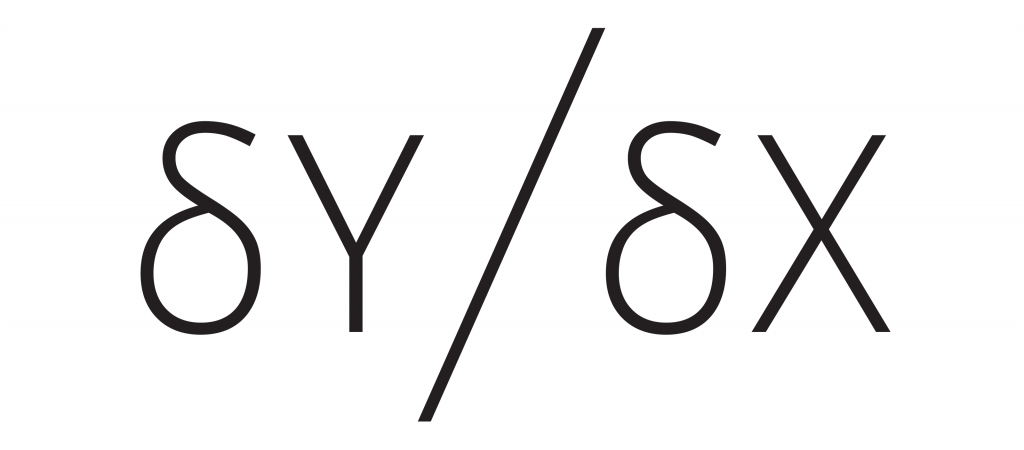
What are yTokens?
yTokens are another ingredient in the mix. The yTokens are merely representations of the provided liquidity. That means whatever tokens a user deposits will be wrapped and returned as a yToken. So, if a user deposits DAI, they will receive yDAI in return. This also goes for any other tokens. However, the amount deposited will be different than their yToken representatives. That’s because the yToken represents a share of a pool that is ever-changing (and, hopefully, increases in value).
What are Yearn Vaults?
There are other sections of the Yearn dashboard that we’ll explore in later articles. For now, let’s get straight into the Vaults. The “Vaults” icon is located on the far left side of the yearn.finance dashboard next to Earn. And these Vaults are one of Cronje’s most compelling creations. They represent combinations of advanced yield farming strategies.
The Yearn Vault strategies seek to find the best possible path for DeFi investment. It works like this. Users supply liquidity to a Vault. The Vault puts those funds to use to maximize returns. It does this by placing the user’s liquidity into yield farming strategies. These strategies in turn generate aggregate liquidity provider (LP) rewards, interest returns, as well as trading fees, and any other gains.

Another advantage of tapping into these complex strategies is that the user gets to save on Ethereum gas costs. That’s because they’ve optimized the Vaults to save on gas fees. They do this by batch processing transactions. That is a huge bonus because gas costs have been ridiculously high lately.
Users can connect their crypto wallets and click on the Vaults to see the strategies, as well as some of the impressive annual percentage yield (APY), returns that are possible.
How are Yearn Vaults Different from the Earn Feature?
To put it simply, Yearn Vault strategies are more complex and active than the basic activities on the standard Yearn protocol. Yearn Vault strategies multi-task to get the best returns possible. This involves actions like supplying collateral to borrow stablecoins. It can also be things like farming other tokens for profit.
Yearn Vaults were created as a response to the yield farming craze. And their strategies continue to evolve. Also, Yearn Vaults, don’t use up all the funds on implementing a strategy. Vault holdings and strategy holdings are separate. While the Vaults put most of the funds to use in a strategy, some will sit idly in the Vault.
Vaults attempt to select the idle amount first whenever a user withdrawals their funds. If the withdrawal happens to eat up more than is available in idle funds, however, then the remainder must come from the strategy’s funds. When this happens, a 0.5% fee will be assessed. Also, Ethereum gas costs must be subsidized. So, some of the profit-earning transactions will incur fees as well.
yEarn Vaults Strategy
At the time of writing, there are nine Yearn Vaults available and each Vault uses its own strategy.
The yUSD Vault, for example, works like this: First off, users deposit yUSD. The Vault harvests CRV and sells it for DAI. It then deposits DAI into Curve.fi’s yPool for yCRV. Next, it deposits yCRV tokens back into the Yearn Vault.
In time, depositors can redeem the yUSD for the increased amount of yCRV tokens. This can all seem so confusing that it’s no wonder many just prefer to deposit tokens to a Yearn Vault rather than try to attempt these maneuvers themselves.
Nowadays, anyone can propose a strategy, although Cronje still writes most of them. When he and the other multi-sig validators agree the smart contracts are safe, they implement the strategies.
When it comes to community-created strategies (like the ETH strategy), the creator(s) reap a 10% fee off of the profit earning transactions. The remaining 90% goes to the Vault’s LPs. So skilled developers and contributors to the strategy formation can find some profit-making opportunities here.
What is the Yearn Ethereum Vault?
While the majority of the Vaults are based on stablecoins, the recently released ETH and wETH Vaults have generated loads of interest. Up until August, Yearn Vaults included not only stablecoins but also Bitcoin, Chainlink, and Curve token pools. Then Cronje launched the yETH Vault to max out Ethereum yields. Just like the other Vaults, users get a Y in front of their tokens. So for providing ETH as liquidity users earn yETH tokens in return.

The yETH Vault was the first brainchild offered by a community member and it launched in September.
Are you a fan of Ethereum? In that case, you should absolutely check out the Ivan on Tech Academy piece on Ethereum 2.0 and the Zinken testnet. Ivan on Tech Academy already has over 20,000 students already enrolled, and has a number of Ethereum courses. Right now, you can get 20% off when enrolling if you use our exclusive discount code BLOG20!
How the yETH Vault Works
- Users deposit ETH into the yETH Vault.
- The ETH moves to MakerDAO as collateral to mint DAI.
- The minted DAI is deposited into the yDAI Vault.
- The yDAI Vault deposits DAI into Curve.fi to farm the CRV token.
- Some of the CRV is sold while some are deposited back to Curve.fi
- CRV profits are then used to purchase more ETH.
- This batch of ETH goes back into the yETH Vault.
- yETH LPs get a claim on the excess ETH.
These steps can result in some nice returns. However, if you’ve read some of our other articles in DeFi, then you know about collateralization ratios and the liquidation dangers they pose.
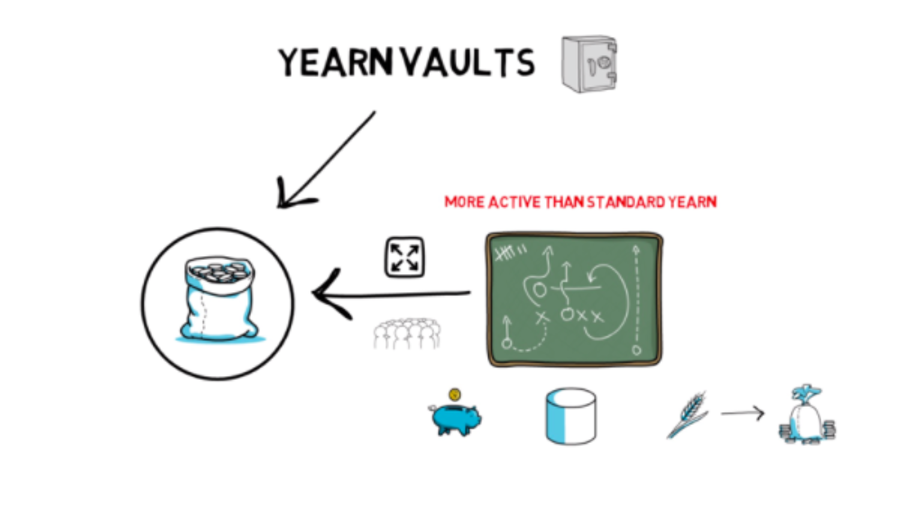
For example, look at the collateralized debt position created in Step 2 above. If the market price of ETH dropped too much, the strategy’s position could be liquidated. So, to avoid liquidation, the Vault periodically queries Maker’s oracle. By doing this, it can foresee the future oracle price an hour in advance before any price updates are made. If the collateralization ratio ever drops into dangerous territory, the yETH Vault would automatically begin paying down DAI to offset the drop in ETH’s price.
The marketplace put the mechanism to the test soon after the yETH Vault’s recent launch. The price of ETH dropped a whopping 36% from $490 to $309, but thankfully, the Vault’s strategy rebalanced losing none of the user’s funds to liquidation.
Another possible unintended consequence of this Vault is that it could drive up the price of ETH as more of it is taken out of circulation. The 60% returns for this Vault seen earlier probably aren’t sustainable. However, that will depend on how successful other liquidity mining programs are so that this game of mathematical musical chairs can continue unimpeded.
How to Use Yearn Vaults
- You’ll need a crypto wallet (like MetaMask).
- It will need to hold at least one of the required tokens.
- Visit the Yearn Vaults and connect your wallet to see the choices.
- Choose a Yearn Vault and the amount you wish to deposit.
- Click “Deposit.”
- Confirm the deposit transaction.
- Pay the fees. They can be high depending on Ethereum’s gas fees.
- Check your wallet for yTokens.
If you deposited DAI, for example, you will receive yDAI in return.
- Watch the passive income roll in.
- Withdrawing Funds
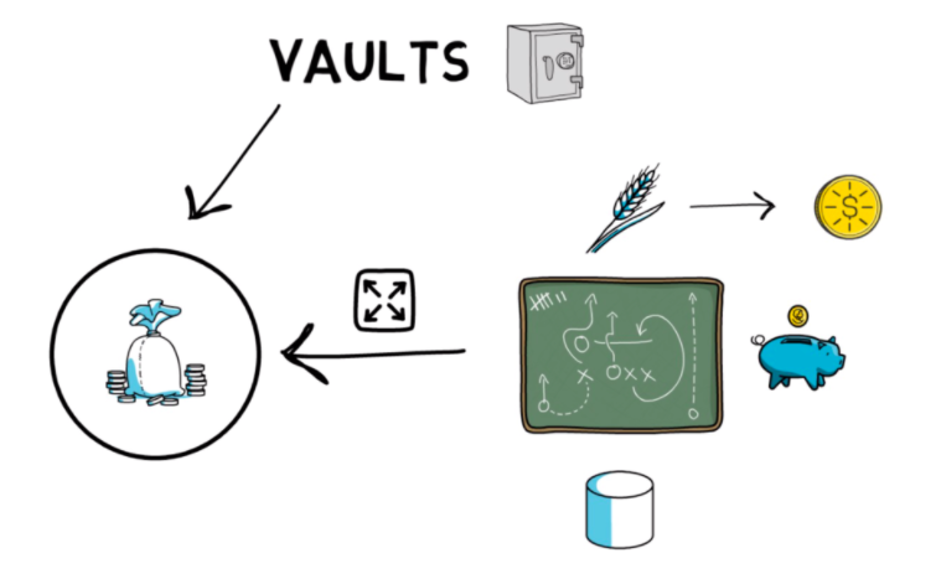
When you’re ready to withdraw funds you can exchange your yTokens to liquidate your position. If your withdrawal can be covered by the Yearn Vault’s reserve funds, then there is no fee for withdrawal. If the withdrawal comes from a strategy already in use, you will pay a 0.5% withdrawal fee.
The Vault’s earnings adjust to the new balance each time a user withdraws funds. Also, earnings are calculated on an annual basis but are paid based on the actual time a user’s liquidity is held. So if a Vault offers a 100% return and a user left funds there for six months, they would only get half of that return which would be 50%.
Yearn Vaults as a Passive Income Strategy
Although active yield farmers boast they can outperform Yearn Vault strategies, Yearn Vaults are a good place to start for certain people. They can work for those who don’t have the time nor the inclination to implement their own yield farming strategies. They work best for those who don’t mind plunking down their funds for longer periods (at least a month) to earn passive income.
Yearn State of the Vaults
Yearn has created a status update for its Vaults called “Yearn State of the Vaults.” It is a weekly update listing strategy, news, and any upcoming changes relating to the Yearn Vaults.
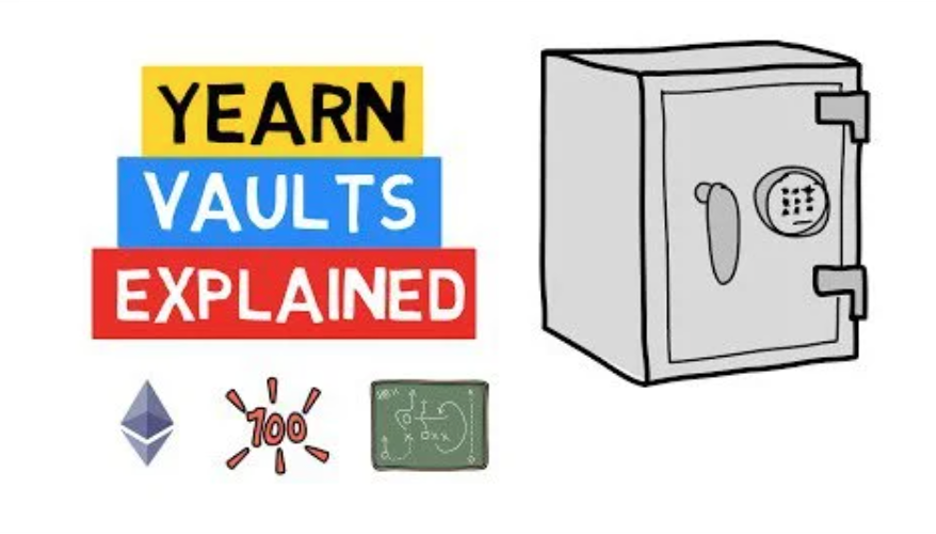
Here is a shortened version to give you a taste:
- yETH: This Vault is currently undergoing an optimization process that is estimated to take 1 to 3 weeks.
- yYFI: This new strategy deposits YFI into the Yearn governance staking contract, earns yCRV, withdraws yCRV into USDT, buys additional YFI with the USDT, and deposits it back into the Yearn Vault.
- yDAI: This strategy deposits DAI into the yPool at Curve.fi and earns CRV. A portion of this CRV is sold for DAI, redeposited into the yPool and the remainder is deposited back into the Yearn Vault.
Risks Associated with Yearn Vaults
The typical DeFi risks apply such as:
- Smart contract bugs
- Stablecoins losing their peg
- Liquidation risks associated with CDPs
There’s also the usual correlation risk that exists between so many DeFi tokens and other protocols. The risk is that if one token crashes, the correlation could cause the whole house of cards to come crashing down. You might want to consider all these risks before going all in to chase those high-yield opportunities.
Summary
All in all, Yearn Vault strategies automate the yield farming process, reducing it into a simple process of one deposit and withdrawal transaction for the user. So, it’s no wonder that Yearn Vaults are one of the hottest tickets in DeFi right now.
Andre Cronje never ceases to surprise. Moreover, whatever he gets involved with brings along a host of people ready to heap large doses of trust, confidence, and money to profit off his ability and foresight. As such, many consider his strategies to be a far cry from the various Weird DeFi, meme coin launches that turn out to be little more than quick exit scams.

The DeFi space is an incredibly interesting one, however, it can be hard to keep up with everything. Ivan on Tech Academy is a “golden ticket” to understanding the blockchain, cryptocurrency and decentralized finance space. Enroll in this top blockchain education platform and go from no previous knowledge to blockchain hero!
Yield farming can be time consuming and expensive. And finding the best farming opportunities takes time—as does monitoring collateralization ratios. Not to mention the high gas fees on Ethereum it costs to move funds around. That’s why an automated yield farming strategy is an important benefit to those seeking to prosper with DeFi.
If you want to learn more about Yearn Vaults and get the best blockchain education available, visit the Ivan On Tech Academy today!
Author: MindFrac
